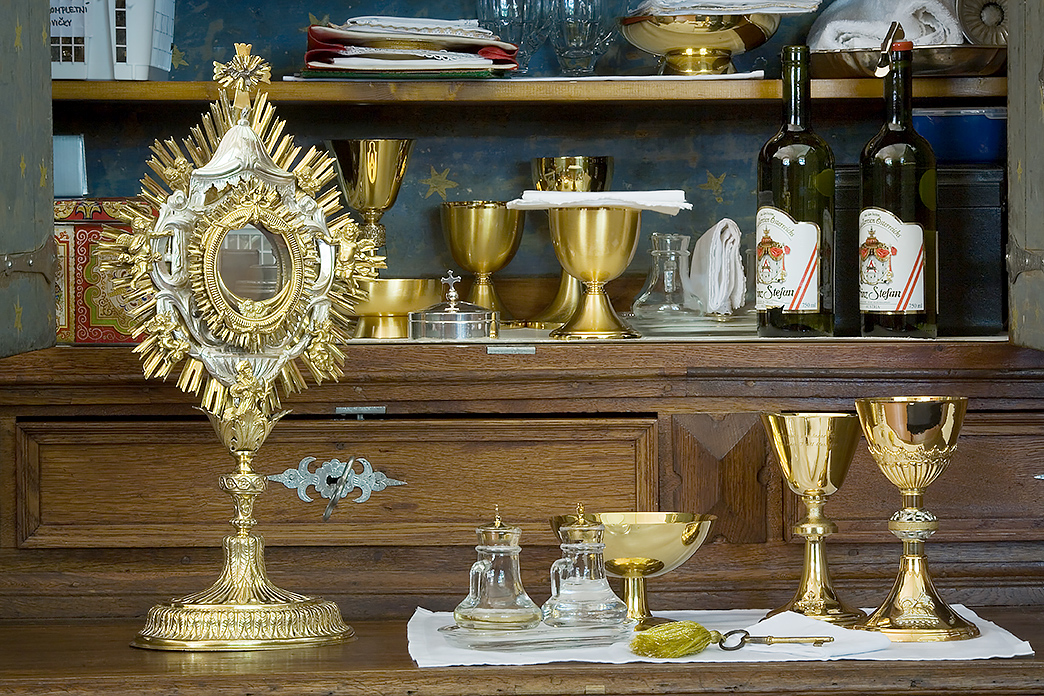For Christians, the coming days are a transition from the promise of Christmas to the time of fulfillment of Easter.
Jesus’s first reported miracle—the wedding feast at Cana—and his last miracle, at the Last Supper, involved wine. Roman Catholic, Eastern Orthodox, and Greek Orthodox churches include wine in every celebration. Viewed differently theologically, Episcopalians and Lutherans also include wine in their services. Jews use wine in such celebrations as Passover.
So, what is the story? Can you use “just any old wine” on the altar or seder meal? Heavens, no. There are strict canonical rules governing “fruit of the vine and work of human hands.” Let’s explore.
According to Roman Catholic canon law, sacramental “wine must be natural, made from grapes of the vine, and not corrupt.” Eastern Orthodox, Greek Orthodox, and Jewish rules are similar.

What does “not corrupt” mean? Does adding sulfites to preserve wine constitute corruption? Generally, no—sulfites occur naturally in all wine. What about adding more? Without sulfites, white wines in particular have a shorter shelf life. That is real problem for altar wines often stored for months or longer. Thus, blessed be sulfites.
How about adding spirit alcohol to prevent souring or spoilage? Add away as long as the spirit is distilled from grapes (grape brandy), is added during fermentation, and the alcohol level of the final product does not exceed 18 percent. Follow the rules, peace be with you. If congregants drink from a common cup, the risk of transmitting sickness is significantly reduced with fortified wine.
General notes:
• Sacramental wine is different from consumer wine. Different labeling. Different licensing. Different federal and state taxes. That is why wine shops and liquor stores do not carry the product, and why altar wine is not sold to the general public except in California.
The general public can buy wine made to altar wine standards, but those will be labeled and taxed as a general consumer product. Typically, the label on such wine might read something like: “Approved for altar use.”
• High alcohol is not required of altar wine. This misconception flows from popularity of Angelica-style wine. Angelica is 18 percent alcohol, the highest permitted by Catholic canon law. Angelica also is popular because it tastes fruity and sweet in small sips.
• Sacramental wine production was permitted during Prohibition. Sacramental wine sales increased from two million gallons to three million gallons in first two years of Prohibition. Probably not caused by increased number of communicants at Mass services.
Last round: At home, I am treated like God. I am ignored until someone wants something. Wine time.

